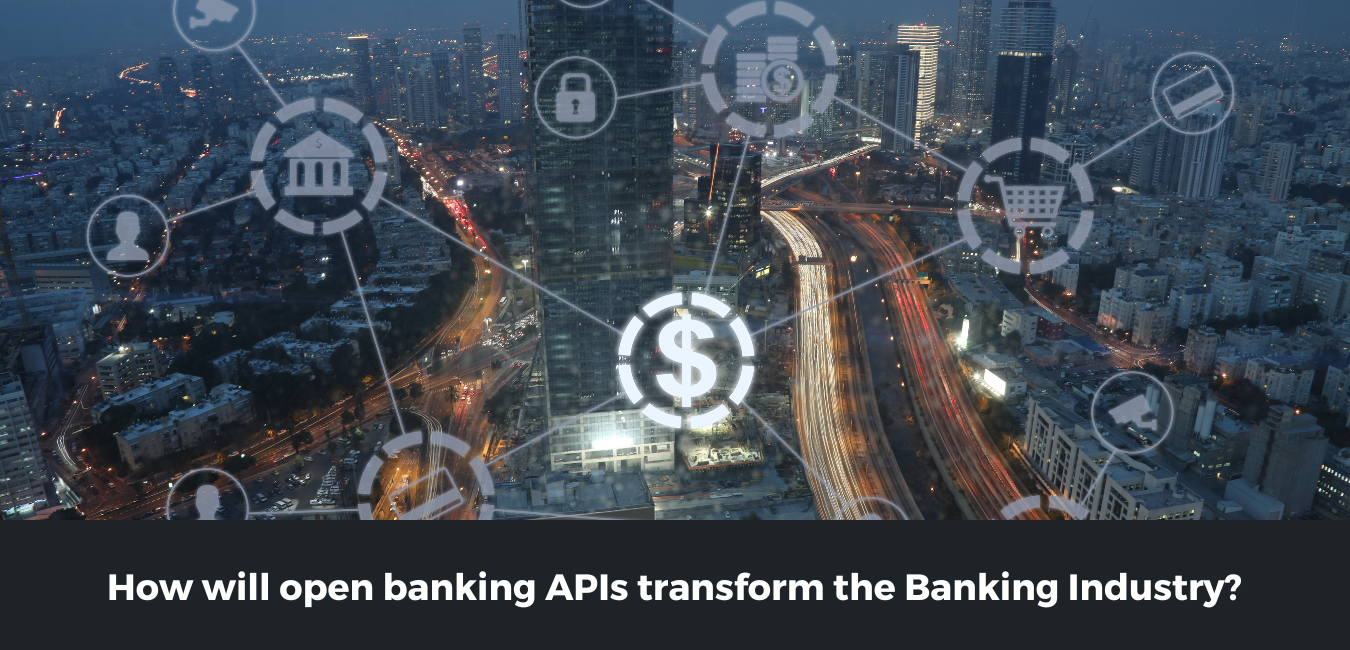Digital Transformation will Pave the Roadway for Future

“To meet changing business and market requirements, digital transformation is the process of employing digital technology to build new — or adapt current — business processes, culture, and consumer experiences. Digital transformation is the redesigning of business in the digital age.”
It goes beyond standard sales, marketing, and customer service functions. Digital transformation, on the other hand, starts and ends with how you think about and interact with customers. With digital technology on our side, we have the opportunity to rethink how we do business — how we engage our customers — as we move from paper to spreadsheets to smart applications for managing our businesses.
There's no need to set up your business processes and then transform them afterward for small enterprises that are just getting started. You can future-proof your company from the start. Stickies and handwritten ledgers aren't going to cut it in the twenty-first century. You'll be more adaptable, versatile, and ready to develop if you think, plan, and build digitally.
The digital transformation adds value to every customer interaction
Digital transformation is transforming the way businesses are conducted and, in some circumstances, spawning entirely new industries. With digital transformation, businesses are taking a step back and rethinking everything they do, from internal processes to online and in-person client interactions. They're asking big questions such as, "Can we transform our processes to enable improved decision-making, game-changing efficiencies, or a more personalized customer experience?"
Now that we've officially entered the digital age, companies of all sizes are coming up with innovative, successful, and disruptive ways to use technology. Netflix is a good illustration of this. It began as a mail-order service and quickly became a major competitor in the video rental industry. Then, thanks to technological advancements, the large-scale streaming video became conceivable. Netflix now competes with traditional broadcast and cable television networks as well as production studios by providing a growing library of on-demand content at extremely low costs.
Netflix was able to use digitization to not only deliver video content to viewers directly but also to obtain unprecedented insight into their viewing patterns and tastes. It uses the information to inform everything from the design of its user experience to the production of first-run shows and movies at its in-house studios. That's digital transformation in action: using existing technologies to inform how a company operates.
Benefits of Digital Transformation
While each digital transformation program will have its unique set of objectives, the primary goal of every digital transformation is to improve existing processes. While the return on investment from digital transformation is dependent on several things, the appropriate technology can significantly improve how your company operates and how customers interact with it.
Productivity is increased while labor costs are reduced: One of the most effective methods to alter your company is to use technology to function more efficiently. For businesses, the time and money spent on training new workers and updating digital resources, for example, can soon add up. You can save costs and increase productivity by using the right tools.
Enhances consumer satisfaction: Tech-savvy Customers expect a terrific experience across various touchpoints, such as mobile apps, social media, email, and live chat. Improved client experiences are propelled by digital transformations.
Increases your industry's competitiveness: Whether or not you are considering digital transformation, your competitors are. If you refuse to embrace digital change, you are effectively deciding that you don't mind falling behind.
Digital Transformation Trends
As technology advances, several forms of transformations gain and lose prominence. Keeping up with the latest trends is a wonderful approach to discover how you may better your digital transformations and prepare for industry developments.
The biggest digital transformation trends right now all boil down to one thing: improving the customer and employee experience. Although many people, particularly employees, are concerned that some technology will be used to replace humans, significant digital transformations will include technology that will complement human work.
Artificial intelligence (AI), robotic process automation (RPA), 5G, mobile development, and tailored user experiences are all examples of digital transformation trends that aim to work alongside humans to improve communication and reduce repetitive work.
Digital transformations necessitate cultural and behavioral shifts like measured risk-taking, increased collaboration, and customer-centricity. There are two key ways in which organizations that have successfully transformed their businesses empower their people to accept these changes.
The first is formal mechanisms, which have long been proven to facilitate organizational transformation by promoting new behaviors and methods of functioning. Establishing practices connected to working in new ways is another element to transformation success. Respondents who indicate their firms implemented at least one new style of working as part of their change initiatives, such as continuous learning or openwork settings, are more likely than others to report successful transformations. Giving employees a vote in where digitization could and should be implemented is also important. Employees who come up with their ideas for how digitization may help the company are 1.4 times more likely to report success.
Another way to empower workers is to make sure that people in key positions are involved in reinforcing change. Senior leaders and people involved in the transition are both critical to success. Encouragement of employees to challenge old ways of working is one factor in this regard. Respondents who think this is done by their top executives and those in transformation-specific roles are more likely to indicate success than their peers. When senior executives and everyone involved in the change all encourage employees to try out new ideas—for example, through rapid prototyping and allowing employees to learn from their mistakes—success is more likely.
Major Market Highlights:
- Microsoft (US) creates and maintains the software, services, devices, and solutions that provide value to customers and enable individuals and enterprises to realize their full potential. Operating systems, cross-device productivity apps, server apps, business solution apps, desktop and server administration tools, software development tools, and video games are all part of the company's product range. PCs, tablets, games and entertainment consoles, other intelligent devices, and related accessories are among the gadgets that the firm designs manufactures, and sells. Customers can use the company's cloud-based services, support services, and consulting services.
- SAP Leonardo Internet of Things (IoT) is an all-encompassing solution that develops and drives digital transformation for Industrial IoT and Industry 4.0, according to the company. SAP also launched SAP Leonardo IoT's cloud-to-cloud interoperability with Microsoft Azure IoT Hub, giving clients a variety of connectivity and device management options.
- Enterprise System Partners (ESP) (Ireland), a consultancy and manufacturing services company for the life sciences industry, was bought by Accenture to help Accenture's life sciences clients automate and modernize their manufacturing operations.
- Adobe launched a Government Rapid Response Program to help governments keep their employees and other key stakeholders safe and secure.
Conclusion: Thinking Ahead
Digital revolutions have also changed the way businesses approach customer service. Waiting for clients to find you, whether in person or by calling an 800 number, was the traditional paradigm. However, just as social media has transformed promotion, marketing, and even sales and customer service, it has also revolutionized service. Progressive businesses see social media as an opportunity to broaden their service offerings by connecting with customers on their preferred platforms.
While many digital revolutions fail to improve performance and equip firms to sustain change, those who succeed can learn from those who fail. Employees must be enabled to work differently and keep up with the faster speed of business, as digital requires new ways of working as well as changes to the organization's general culture. These improvements will be supported by the installation of digital tools and process upgrades, as well as the establishment of a more agile operating model—that is, the organization's hard wiring.








